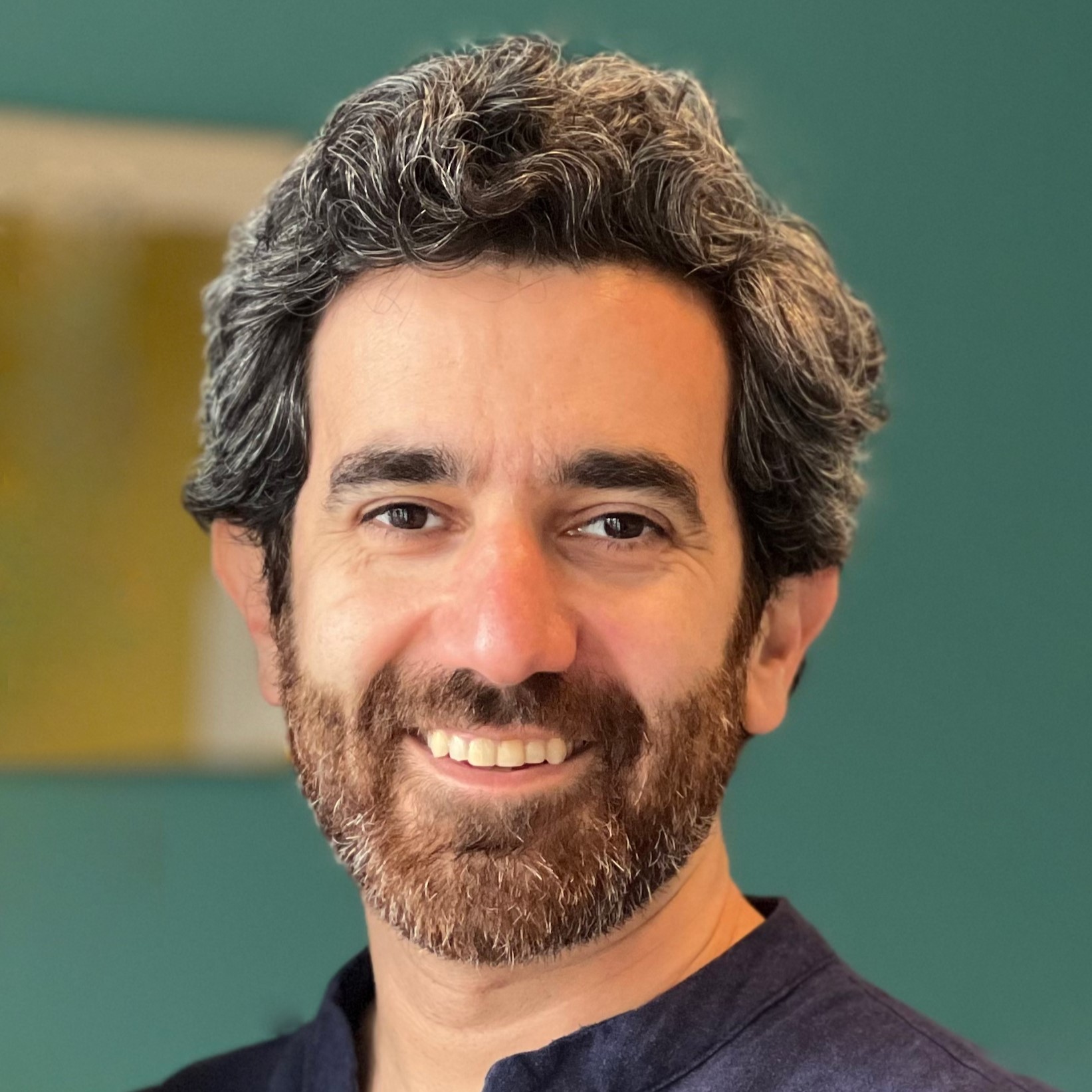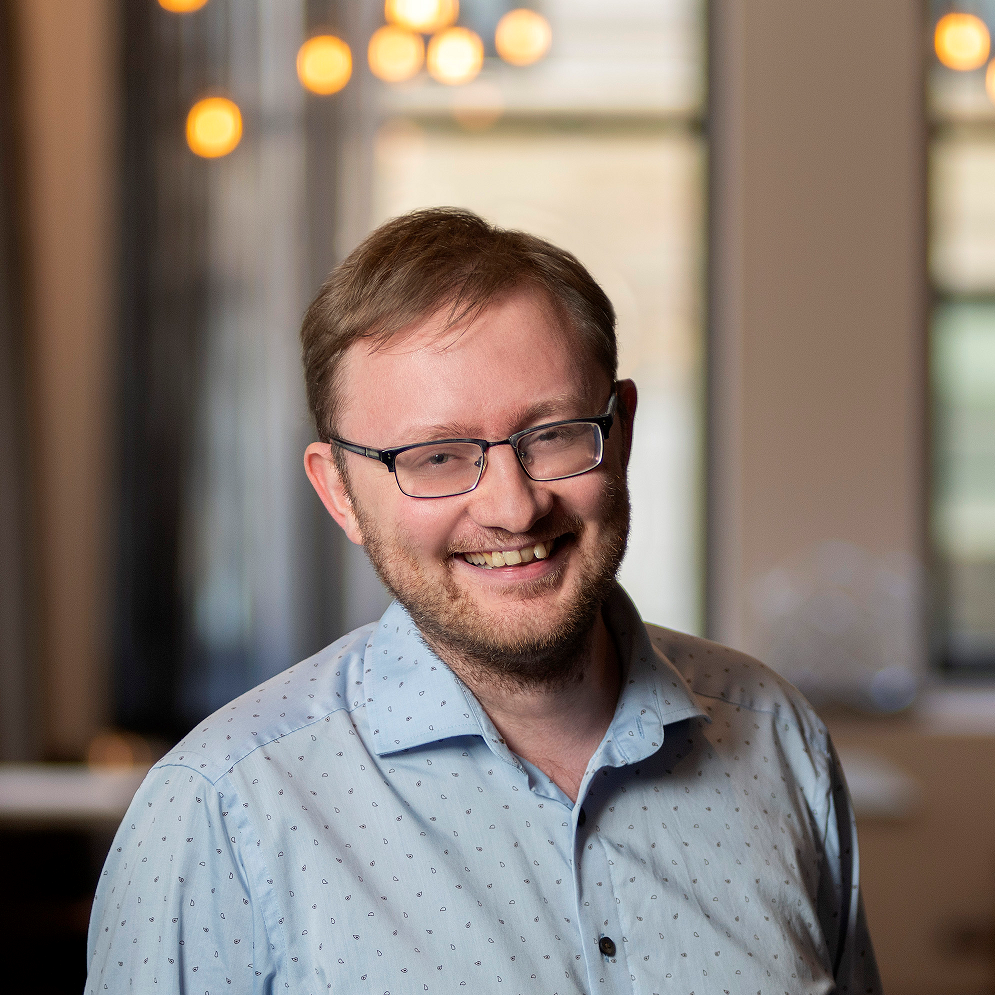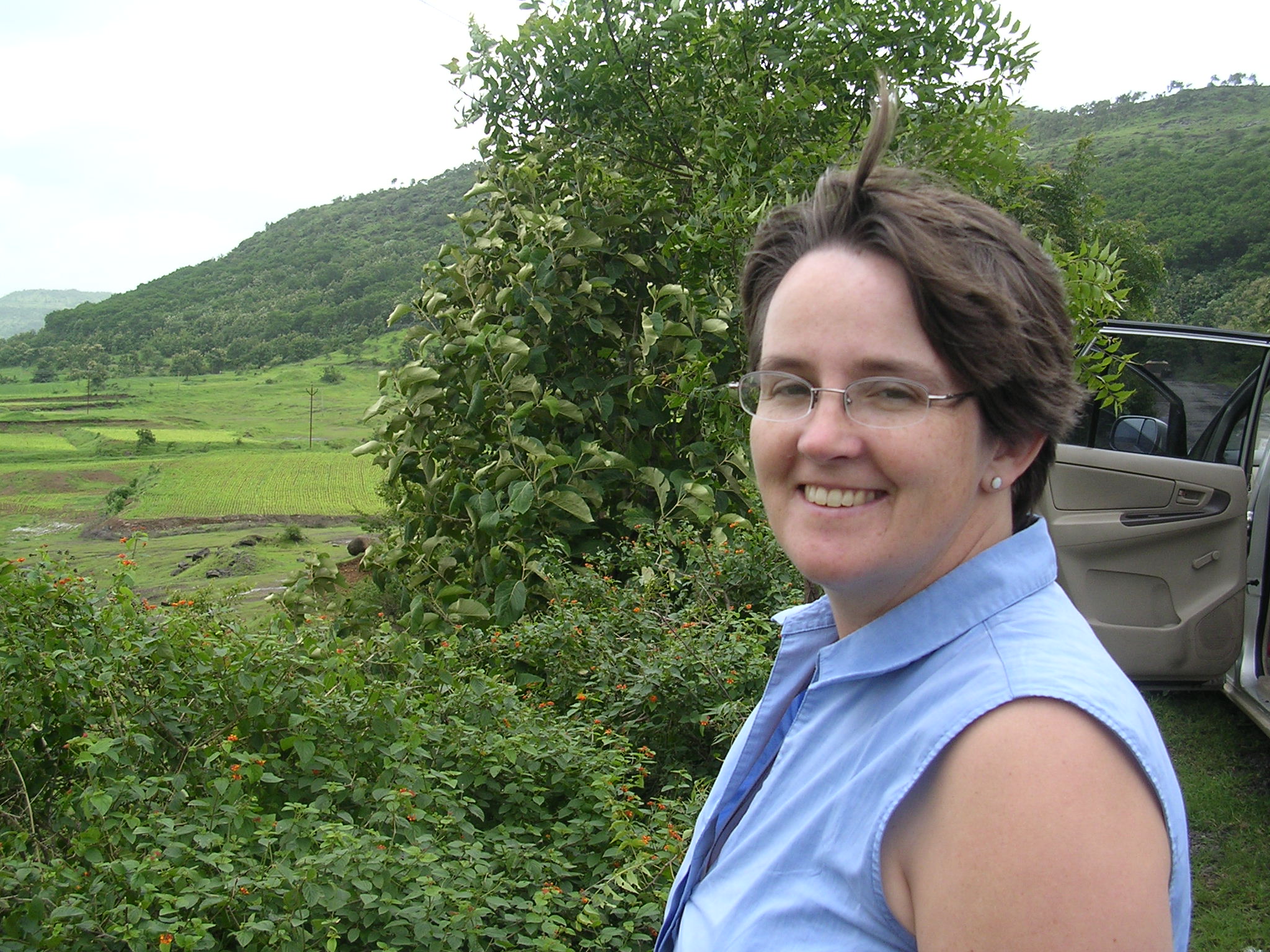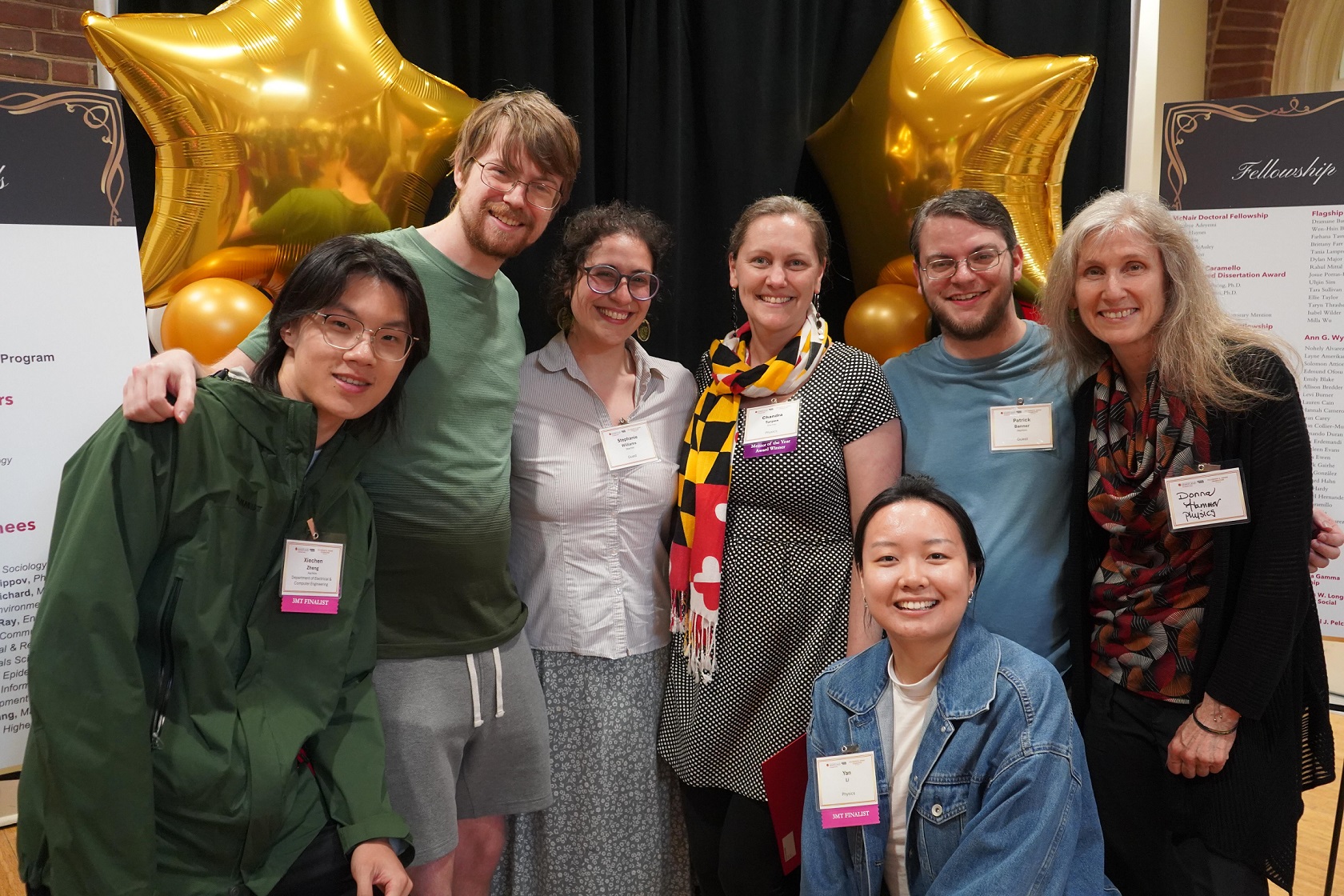Mohammad Hafezi has received a Humboldt Research Award, which acknowledges his history of impactful research and supports visiting Germany to collaborate with colleagues there. Each year, the Alexander von Humboldt Foundation gives the award, which is supported by the Federal Foreign Office and the Federal Ministry of Education and Research in Germany, to no more than 100 researchers from around the world.
“I’m honored to receive this award,” says Hafezi, who is also a Minta Martin professor of electrical and computer engineering and physics at the University of Maryland and a senior investigator at the National Science Foundation Quantum Leap Challenge Institute for Robust Quantum Simulation. “It's a great opportunity. The Humboldt Foundation has a long history of funding exceptional and interesting scientific work.” Mohammad Hafezi
Mohammad Hafezi
Recipients of the award are academic researchers who can work in any discipline but who primarily live and work outside of Germany. Each candidate is nominated for consideration by a researcher at a German research institute, and the foundation selects recipients whose work has had a significant and lasting impact beyond their field of specialization.
Hafezi leads a research group that explores quantum behaviors resulting from the interplay of light and matter through both theoretical and experimental projects. His group tackles diverse topics like quantum optics and quantum simulation, which are vital to advancing quantum computing, sensing, and communication technologies.
One subject Hafezi’s group is currently investigating is the physics of correlated electronic systems—materials and devices in which electrons are group players instead of individuals with independent quantum interactions. This line of research is building on decades of work investigating individual particles of light—photons—interacting with individual electrically-charged particles, often electrons. The physics of individual electrons interacting with light is utilized in a variety of technologies such as LEDs, laser projectors and quantum computers. But there is much more research to be explored, and potentially new technologies to invent, based on correlated electronic systems.
As part of the award, each recipient is invited to visit Germany and collaborate with colleagues at a German research institution. Hafezi is planning to use the opportunity to work in person with colleagues at the Max Planck Institute for the Structure and Dynamics of Matter in Hamburg, which is a global hub for cutting-edge research into correlated electronic systems. In particular, Angel Rubio and Andrea Cavalleri, who both work at the institute, are studying exciting topics like the nearly alchemical ability of light to make certain materials a superconductor or to make an existing superconductor more robust.
Together Hafezi and his colleagues in Hamburg will adapt and build on existing techniques and ideas, such as methods of using light to manipulate quantum states—quantum-optical control techniques—and frameworks from quantum information science developed to build quantum computers. Hafezi hopes that working together in person will produce ideas that they aren’t currently considering.
“I find it deeply compelling to investigate whether quantum-optical control techniques can be leveraged to probe, manipulate, and engineer correlated electronic systems in novel ways,” Hafezi says. “We may have to go back to the drawing board and then write things from first principles and come up with other models that can capture such many-body physics. So there is much work that has to be done.”
He says visiting Germany is an incredible opportunity for organic interactions that allow them to more easily connect and build on each other’s ideas.
“Nothing replaces in-person collaboration.” Hafezi says. “Given the fantastic theoretical work by Angel Rubio and the groundbreaking experimental research led by Andrea Cavalleri, I’m thrilled to deepen our collaboration and explore new directions together.”
Original story by Bailey Bedford: https://jqi.umd.edu/news/hafezi-receives-humboldt-research-award





